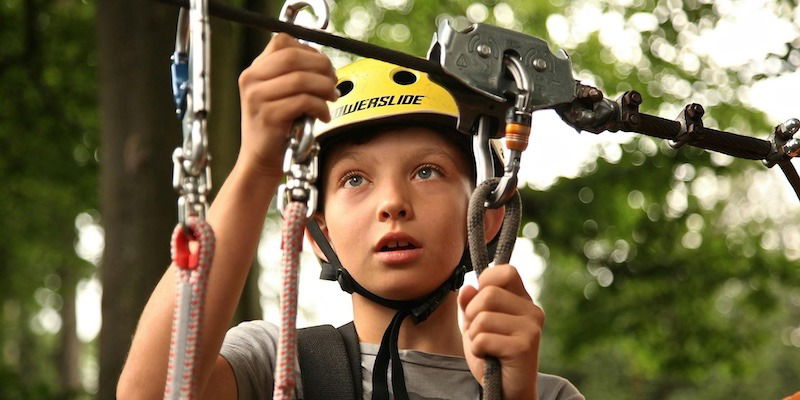Changing behavior and habits can be a challenging task, but with the right therapy techniques, it is possible to make lasting changes. Whether you are looking to break a bad habit, adopt a healthier lifestyle, or improve your overall well-being, utilizing therapy techniques can help you achieve your goals. Here are 15 therapy techniques that can help you change your behavior and habits.
1. Cognitive Behavioral Therapy (CBT): CBT is a form of therapy that focuses on changing negative thought patterns and behaviors. By identifying and challenging negative thoughts, beliefs, and behaviors, individuals can learn to replace them with more positive and productive ones.
2. Mindfulness: Mindfulness techniques, such as meditation and deep breathing exercises, can help individuals become more aware of their thoughts and behaviors. By practicing mindfulness, individuals can learn to observe their habits and make conscious decisions to change them.
3. Dialectical Behavior Therapy (DBT): DBT is a type of therapy that focuses on teaching individuals skills to manage their emotions and improve their relationships. By learning skills such as mindfulness, distress tolerance, emotion regulation, and interpersonal effectiveness, individuals can learn to change their behaviors and habits.
4. Motivational Interviewing: Motivational interviewing is a therapeutic technique that helps individuals explore their ambivalence about changing their behavior. By using empathy and non-judgmental listening, therapists can help individuals identify their reasons for wanting to change and develop a plan to achieve their goals.
5. Behavioral Activation: Behavioral activation is a therapy technique that focuses on increasing engagement in positive and rewarding activities. By scheduling activities that bring joy and fulfillment, individuals can break the cycle of negative behaviors and create new, healthy habits.
6. Habit Reversal Training: Habit reversal training is a therapy technique that helps individuals identify triggers for their unwanted behaviors and develop alternative responses. By practicing new responses to triggers, individuals can replace old habits with healthier ones.
7. Exposure Therapy: Exposure therapy is a technique that helps individuals confront their fears and anxieties in a safe and controlled environment. By gradually exposing themselves to feared situations, individuals can learn to overcome their fears and change their behaviors.
8. Acceptance and Commitment Therapy (ACT): ACT is a form of therapy that helps individuals accept their thoughts and feelings without judgment and commit to making positive changes in their behavior. By learning to live in the present moment and focus on their values, individuals can change their habits and behaviors.
9. Self-Compassion: Self-compassion is a therapy technique that helps individuals cultivate a kind and understanding attitude towards themselves. By practicing self-compassion, individuals can develop a healthier relationship with themselves and make positive changes in their behavior.
10. Relapse Prevention: Relapse prevention is a therapy technique that helps individuals identify triggers for their unwanted behaviors and develop strategies to prevent relapse. By creating a plan to manage triggers and cope with cravings, individuals can maintain their new habits and behaviors.
11. Graded Exposure: Graded exposure is a therapy technique that helps individuals gradually expose themselves to feared situations or stimuli. By slowly increasing their exposure to triggers, individuals can desensitize themselves to their fears and change their behaviors.
12. Role Modeling: Role modeling is a therapy technique that involves observing and emulating the behaviors of others who have successfully changed their habits. By identifying positive role models and learning from their experiences, individuals can gain inspiration and motivation to change their own behaviors.
13. Goal Setting: Goal setting is a therapy technique that involves setting specific, measurable, achievable, relevant, and time-bound goals. By setting realistic and achievable goals, individuals can track their progress and stay motivated to change their behaviors.
14. Positive Reinforcement: Positive reinforcement is a therapy technique that involves rewarding oneself for making positive changes in behavior. By celebrating small victories and acknowledging progress, individuals can boost their motivation and continue to change their habits.
15. Journaling: Journaling is a therapy technique that involves keeping a written record of thoughts, emotions, and behaviors. By reflecting on past experiences and tracking progress, individuals can gain insight into their habits and behaviors and make meaningful changes.
In conclusion, changing behavior and habits is a process that requires commitment, effort, and the right therapy techniques. By utilizing techniques such as cognitive behavioral therapy, mindfulness, dialectical behavior therapy, motivational interviewing, and habit reversal training, individuals can make lasting changes in their behavior and habits. Remember that change is possible with the right support and dedication, so don’t be afraid to seek help and take steps towards a healthier and happier life.



